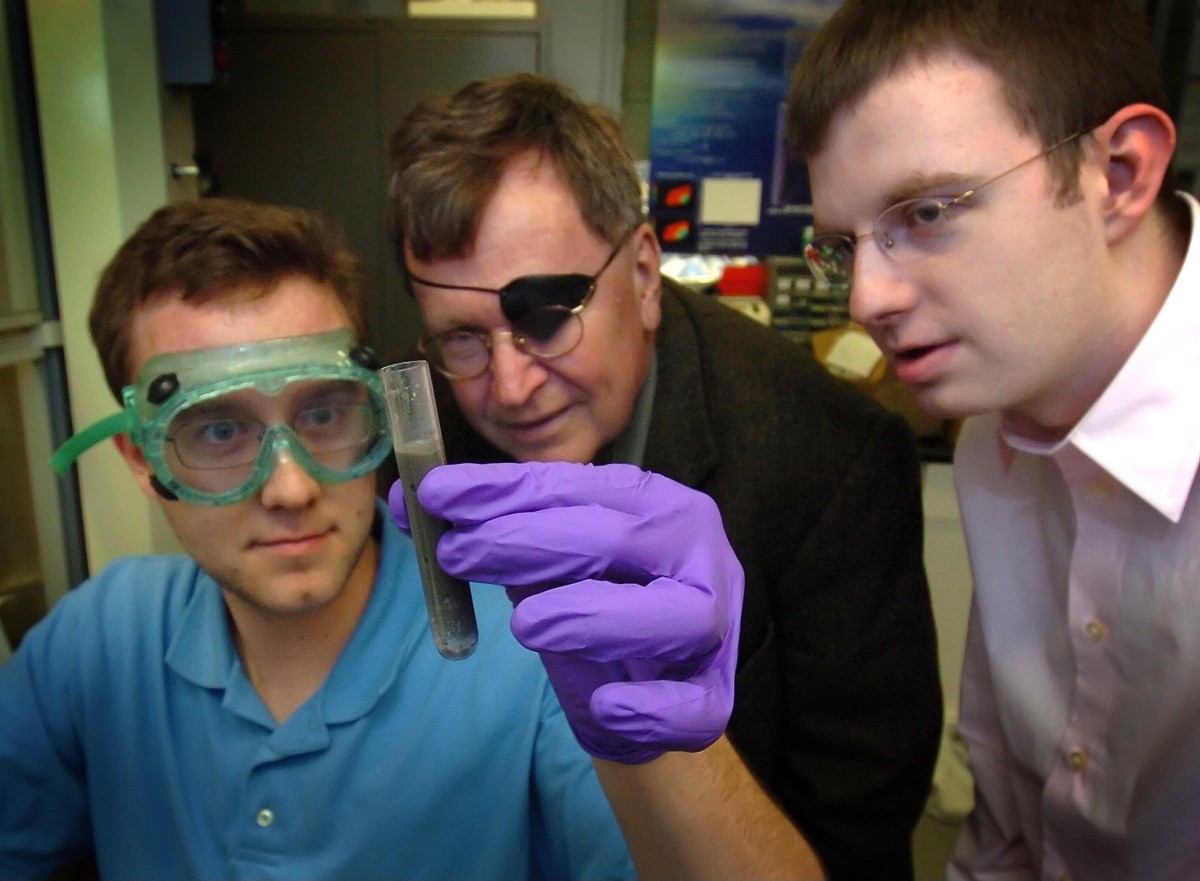1967 discovery at IBM may be about to pay off


OK, so here's the outline. In 1967, Jerry Woodall was at IBM working on new semiconductors. It was then he discovered an alloy of aluminum and gallium could react with water to release pure hydrogen. The only by-product is aluminum oxide which can easily turned back into oxygen and aluminum. Meanwhile, burning hydrogen produces water as a by-product. So if cars ran on hydrogen we'd need drainage systems improved but wouldn't have to worrry much about greenhouse gases from autos.
Now Woodall and two of his associates at Purdue are preparing to publish a paper on their improved aluminum/gallium alloy process. That paper will come out at an energy nanotech conference, September 7.
You can find a summary of their paper here.
Some points from Woodall and his group: aluminum is fairly abundant. It's main source is the mineral bauxite. Nature must be laughing--in the past a major, low value by-product of aluminum extraction has been...gallium. In this process the gallium is simply a catalyst and is not used up. The aluminum is oxidized, releasing the hydrogen, on the spot. Woodall & Co. say this tech can be used in fairly small engines and generators, not requiring huge infrastructure investment. You would need readly available water, of course.
Especially attractive are marine uses, the water supply is at hand. No need for hauling or storing water as fuel.
So the alchemists never found the stone to turn lead into gold. But if they really turn water into cheap hydrogen, that's getting pretty close. Woodall estimates internal combustion uses of hydrogen produced with his discovery could make car travel less than half as expensive as it is at today's petroleum prices.
The picture above: Purdue researchers demonstrate their method for producing hydrogen by adding water to an alloy of aluminum and gallium. The hydrogen could run an internal combustion engine or a fuel cell. The reaction was discovered by Jerry Woodall, center, a distinguished professor of electrical and computer engineering. Charles Allen, holding test tube, and Jeffrey Ziebarth, both doctoral students in the School of Electrical and Computer Engineering, are working with Woodall to perfect the process. (Purdue News Service file photo/David Umberger)